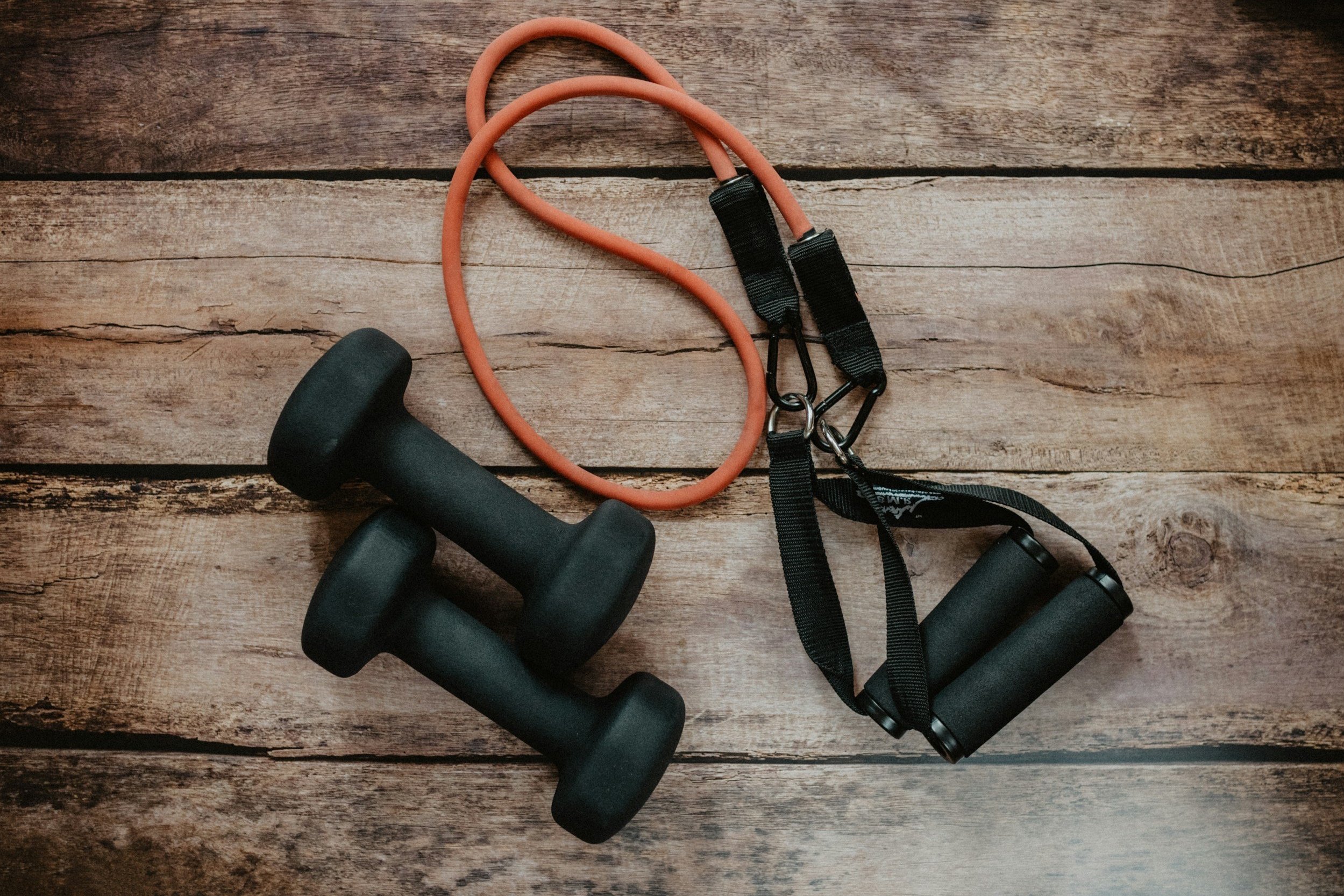Strong bones for life: How to Strengthen Your Bones Naturally
Exercise is usually credited for building muscle, burning calories, or boosting mood, however, however one of the most underrated elements that tends to get overlooked is it’s positive impact on bone health. While nutrients such as calcium and vitamin D play a key role, your bones respond directly to how you move, and certain types of exercise can help your body build stronger, more resilient bones. One of the most effective ways to do this is through weight-bearing exercises. Read on to see which exercises are considered weight bearing exercises (some of which may surprise you).
Which exercises are considered weight-bearing?
Weight-bearing exercises are any physical movements that require your body to work against gravity. They place gentle stress on the bones to support your weight, which triggers your body to respond by reinforcing bone structure and stimulating new bone tissue.
Unlike non-weight-bearing exercises, such as swimming or cycling (which are great for cardiovascular health, but low-impact on the bones) these exercises stimulate your bones to grow stronger over time.
Some common weight-bearing exercises include:
Walking and Hiking – Walking is one of the simplest and most accessible weight-bearing exercises. For a more challenging workout, hiking up a hill or on uneven terrain can increase the intensity and bone-stimulating effects.
Strength Training – Lifting weights or using resistance bands provides targeted stress to the bones, especially in areas that are prone to density loss, like the spine and hips.
Running or Jogging – Although higher-impact than walking, running offers significant benefits for bone density, particularly in the lower body.
Reformer Pilates - Involves load-bearing movements, using both spring resistance as well as body weight, whilst remaining low-impact, also helping posture and balance.
Dancing/Step aerobics – Dance routines that involve jumping, bouncing, or stepping are effective for building bone density.
Jumping Exercises – Activities like skipping, or plyometric exercises generate high-impact forces that help stimulate bone formation.
Stair Climbing – Taking the stairs often, or using the Stairmaster, is an easy and effective way to build leg and bone strength, particularly for your hip and knee joints.
The Science behind the bone-strengthening process
Your bones aren’t static structures, they are live tissue, constantly remodelling in response to daily wear and tear. This remodelling is controlled by two main types of cells: osteoclasts (which break down old bone) and osteoblasts (which build new bone). When you apply stress to your bones through movement, osteoblasts are activated, laying down new bone tissue and improving bone density.
Without enough stimulation through a sedentary lifestyle, osteoblast activity slows, and bone density can start to decline, increasing your risk for fractures, especially as you age.
When you perform weight-bearing activities, the impact and resistance create small stresses in the bone structure. These aren't harmful, in fact, they’re essential. These micro-stressors trigger a biological response where osteoblasts reinforce the area and build denser, stronger bone.
This is especially beneficial during childhood and adolescence when your body is still building peak bone mass. In your later years, you can still stimulate osteoblast activity and maintain (or even improve) bone strength through consistent weight-bearing activities, making these valuable exercises throughout life. As we get older, our bone density naturally begins to decline. In particular, postmenopausal women are at an increased risk of developing osteoporosis due to a drop in oestrogen levels, a hormone that helps maintain bone density. Weight-bearing exercises reduce fracture risk, help balance and co-ordination and help maintain mobility.
How to incorporate weight-bearing exercises into your weekly routine
To optimise bone health, consider a combination of:
Brisk walking or hiking - 3-5 times a week
Either Strength/resistance training (bodyweight or weights)/ Reformer Pilates/Dance or step class – 3+ times a week
Adding more movement into your daily routine – E.g. taking the stairs more, parking in the furthest away spaces to walk more, even dancing at home to your favourite music!
Remember consistency is key. Your bones respond to regular, repeated stimulation. Mix it up, keep it interesting, and move in ways that feel good for your body.
